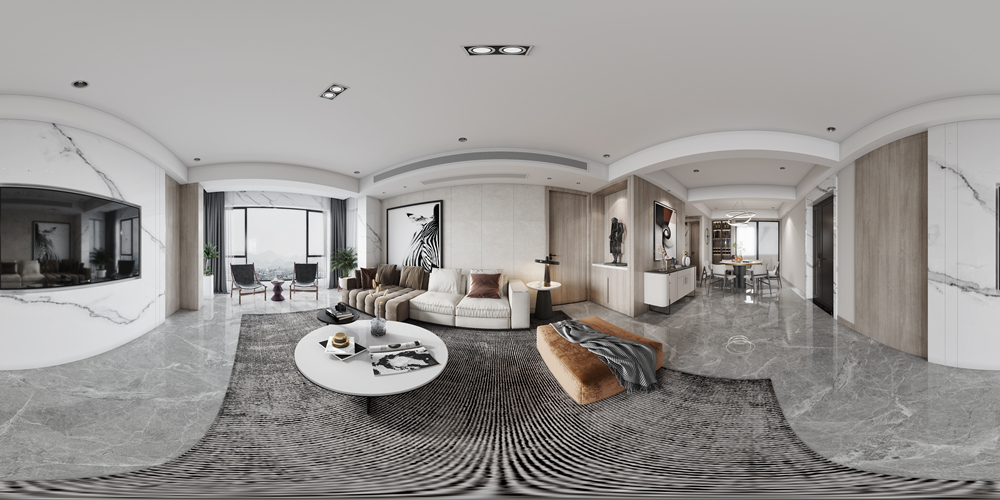
Cracking the Code of Panorama Creation
Panorama creation has the power to transform ordinary scenes into extraordinary visual masterpieces. While it may seem like a complex art form, there are key techniques and steps that can demystify the process. By cracking the code of panorama creation, you can capture the vastness and beauty of a location in a single, immersive image.

Ⅰ、Preparation: The Foundation of Success
The first step in creating a stunning panorama is thorough preparation. Start by choosing the right equipment. A sturdy tripod is essential as it provides stability, preventing any unwanted movement between shots. A digital camera with manual settings offers greater control over focus, exposure, and white balance, allowing you to fine - tune each shot to perfection. Additionally, a remote shutter release can be a valuable asset, reducing the risk of camera shake when triggering the shutter. Before heading out, ensure your camera's battery is fully charged and your memory card has ample storage space.
Ⅱ、Location and Timing: Setting the Stage
Selecting the ideal location and shooting at the right time are crucial elements. Look for scenes with wide, unobstructed views, such as mountaintops, open beaches, or expansive fields. These settings provide a perfect canvas for capturing a broad and engaging panorama. The time of day can significantly enhance the mood of your image. The soft, warm light during sunrise or sunset adds a touch of drama, intensifying colors and creating long, dramatic shadows. Overcast days, on the other hand, offer even lighting, which is great for capturing detailed scenes without harsh shadows and simplifies the stitching process.
Ⅲ、Camera Settings: Precision in Every Shot
When shooting a panorama, manual camera settings are your key to success. Set a small aperture (high f - number) to increase the depth of field, ensuring that both the foreground and background elements of the scene are in sharp focus. Adjust the shutter speed and ISO carefully to achieve a balanced exposure across all frames. Consistent exposure is vital to avoid noticeable seams when stitching the panorama together. Don't forget to set the white balance according to the light source to ensure accurate and natural - looking colors throughout the image.
Ⅳ、Capturing the Shots: The Art of Sequencing
To capture the individual shots for your panorama, start at one end of the scene and pan the camera slowly and smoothly towards the other end. Overlap each shot by about 30 - 50%. This overlap provides the stitching software with enough information to blend the images seamlessly. Keep the camera level throughout the process to prevent distortion in the final panorama. If possible, use a panoramic head on your tripod to rotate the camera around its nodal point, reducing parallax errors and resulting in a more accurate and professional - looking panorama.
V、Stitching and Editing: Bringing It All Together
Once you've captured all your shots, it's time to stitch them together using panorama - stitching software. After stitching, review the panorama carefully for any imperfections, such as misaligned objects or visible seams. Use the editing tools to adjust the contrast, saturation, and sharpness, and crop the image to refine the composition. With these final touches, you'll have cracked the code of panorama creation, resulting in a breathtaking image that showcases your creativity and technical skill.